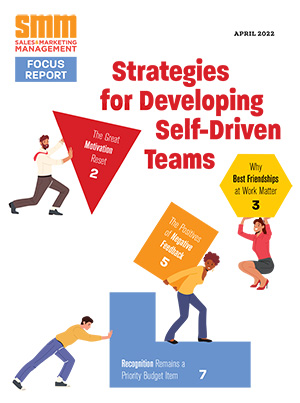 Russell Sparkman is President and CEO of Fusionspark Media (Fusionspark.com), a new media communications company that has headquarters near Seattle. His annual content marketing retreat scheduled for May 9-10 focused on strategic video storytelling. He spoke recently with Matt Heinz of Seattle-based Heinz Marketing.
Russell Sparkman is President and CEO of Fusionspark Media (Fusionspark.com), a new media communications company that has headquarters near Seattle. His annual content marketing retreat scheduled for May 9-10 focused on strategic video storytelling. He spoke recently with Matt Heinz of Seattle-based Heinz Marketing.
HEINZ: Why is this year’s Content Marketing Retreat entirely focused on video?
SPARKMAN: As humans, we’re wired since the Stone Age to communicate via pictures, motion and sound. As humans who have developed digital communications technology, we’re quite literally wired and connected to one another in ways that make watching video produced by anyone, at any time, any place and on just about any device with a screen. It’s no surprise, then, that of all the content types available to marketing, sales and customer service professionals, video is of intense interest today. There are stats galore to support this, but if I focused on only one of the most recent, from a study published in early April, it would be this:
Video content has twice the social engagement of text, links and static images (source: US Digital Video Benchmark 2012, Adobe Digital Review)
Suffice it to say, video is an important marketing asset today, and will only increase in importance moving forward.
HEINZ: Why are so many companies behind on adopting video as a storytelling medium?
SPARKMAN: The shortest answer is lack of experience with video, other than consuming it. It’s a little more complicated than that, of course. It has been an adage of content marketing that marketers (including sales and customer service) need to “think like marketers, and act like publishers.” This, as we’ve seen, has been a challenge for most, in and of itself. There have been many challenges to overcome to be successful in content marketing, from how to create a content strategy, to how to create an editorial calendar, to how to budget for content, to how to capture and track leads, to how to measure ROI on all this activity.
Now, if you modify that phrase to “think like marketers, and act like broadcasters,” it opens up an entirely new can of worms for most. It’s only in the most exceptional cases where raw, unedited and unplanned video can serve a marketing or sales purpose (think of surreptitious moments caught on tape that a brand or a business just might be able to leverage). In all other cases, video storytelling for marketing and sales requires planning and skill sets that most businesses either don’t have internally, or have little to no experience contracting from external sources. This lack of experience directly impacts an understanding of budgeting for video, which I discuss next.
HEINZ: Are there unique elements of video storytelling for B2B? Differences from what B2C marketers would need to follow?
SPARKMAN: I think that the biggest difference is that B2C marketers might naturally have more areas in which they can feel creative, and experiment. Think of all the fun ways in which videos are used to promote awareness of consumer products that we’ve seen starting from television’s infancy, and now proliferating on YouTube. Comparatively, I’d place a bet that most B2B marketers would take a far more serious, button-downed conservative approach to video.
As the “content wars” heat up, and more B2B marketers are competing for attention via quality content, including video, the marketers that recognize that B2B doesn’t have to be boring will be the ones that stand out.
One of the best case studies that illustrates this to date remains the “Will It Blend” series of videos produced by Blendtec, in which the CEO demolishes rakes, iPads, etc., in a Blendtec blender. It has been a huge hit for many years on YouTube, and the subsequent boost in their blender sales attributed to the videos is significant (Blendtec is both B2B and B2C).
Matt Heinz blogs at heinzmarketing.com/matt-on-marketing/blog


